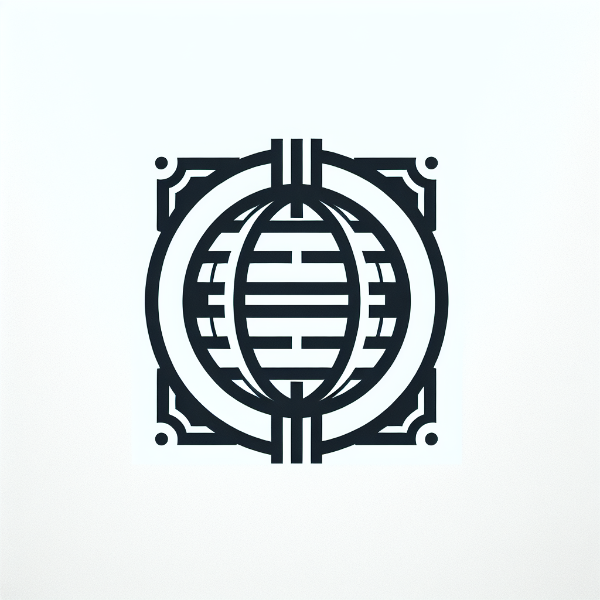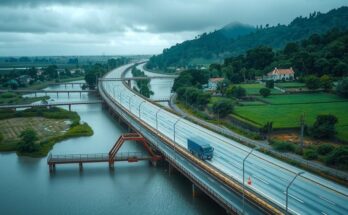An international team led by the University of Göttingen discovered that the Neotethys oceanic plate beneath Turkey and Iran is breaking off horizontally, impacting geological formations. The study reveals that the Zagros Mountains exert significant influence on the Earth’s surface over millions of years, and additional forces related to the oceanic plate’s descent contribute to depressions where sediments accumulate.
An international team, led by the University of Göttingen, revealed that the Neotethys oceanic plate, which once lay between the Arabian and Eurasian continents, is currently breaking apart horizontally. This tectonic activity features a tear extending from southeast Turkey to northwest Iran, highlighting how deep subsurface processes influence the evolution of the Earth’s surface over millions of years. Their findings were published in the journal Solid Earth.
The research examined how the Zagros Mountains, located in the Kurdistan region of Iraq, have affected geological changes over the past 20 million years. While continental collision leads to a downward bend in the Earth’s surface due to mountain weight, the study determined that additional factors contribute significantly to the depth of this bend. The resulting depressions, such as those found in the Mesopotamian plains, occur as sediments erode and fill in the areas beneath the mountains.
Researchers also constructed a geodynamic model to assess the role of the Zagros Mountain load in causing the depression, indicating that the depression’s depth exceeds what the mountain’s weight alone could account for. This discrepancy implies the involvement of a sinking oceanic plate still connected to the Arabian continent, which further exacerbates the downward pull, creating conditions ripe for sediment accumulation.
Lead author Dr. Renas Koshnaw expressed surprise at the extent of sediment accumulation in the study area, where expectations were lower due to moderate topography. He stated that the observed depression in land indicates a more substantial pulling force from beneath, suggesting a break in the oceanic slab towards Turkey. This has relieved some of the downward pressure in that region, affecting sediment dynamics significantly.
The geodynamic model developed through this research holds promise for various applications, such as natural resource exploration, including sedimentary ore deposits and geothermal energy. Additionally, it offers insights into earthquake risks by enhancing the comprehension of the Earth’s crust behavior under various loading conditions. These findings potentially guide future studies and practical applications beneficial to both the scientific and resource management communities.
The Neotethys oceanic plate represents a significant geological feature that separated the Arabian and Eurasian continents millions of years ago. When continental plates collide, the underlying oceanic floor undergoes drastic changes, eventually leading to mountain formations and alterations to the Earth’s surface. The research on the Zagros Mountains and the Neotethys plate provides new understanding of tectonic processes and their implications for geological depressions in the Middle East region.
In conclusion, the study led by the University of Göttingen provides critical insights into the tectonic activity of the Neotethys oceanic plate and its effects on the landscape in Turkey and Iran. The research emphasizes the interplay between surface and subsurface geological processes over millions of years, illustrating how these interactions contribute to sediment dynamics, earthquake risk assessments, and resource exploration efforts. Understanding these factors is essential for predicting future geological behavior in the region.
Original Source: www.technologynetworks.com




